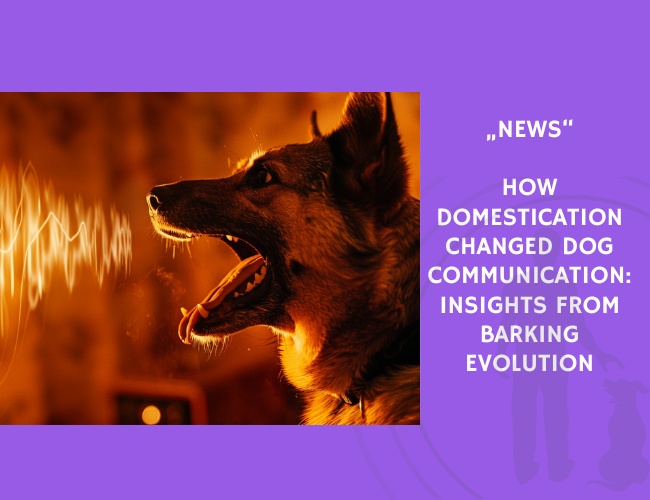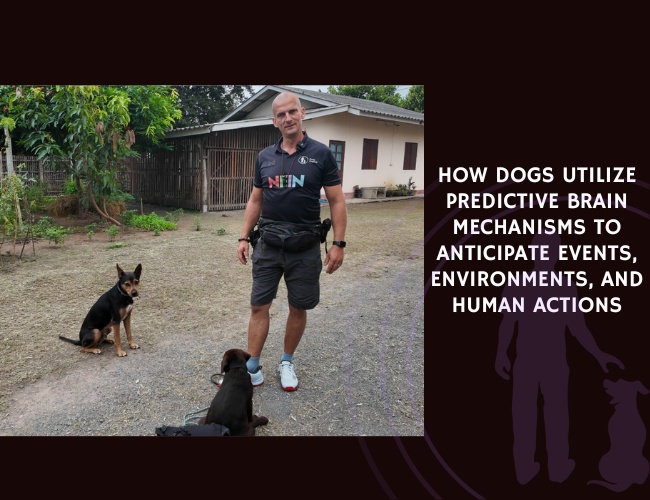Barking is not just noise it is an evolved language. This study examines how domestication has reshaped the way dogs communicate, moving from survival-based signals to complex emotional and social expression.
From warning signal to emotional dialogue: In this pivotal review, Péter Pongrácz explores how barking in dogs has evolved far beyond its wild origins. While wolf vocalizations are relatively uniform and purpose-driven, domesticated dogs have diversified their vocal repertoire to fit a wider range of social and emotional functions.
Domestication didn’t just change their appearance—it rewired their communication circuits. Through evolutionary mechanisms like ritualization and adaptive radiation, dogs have developed bark types that humans intuitively recognize—alarm, play, attention-seeking, and emotional distress. This shift supports what we describe in our NeuroBond methodology: dogs have adapted their communication to suit human expectations and attachment behaviors.
The bark as a relational mirror: Dogs today often use vocal signals not just to alert, but to negotiate emotional distance and co-regulate stress with their humans. The study highlights how dogs’ use of vocalizations has been shaped by human selective pressures, creating a shared code. Tools like our Zoeta Dogsoul App are designed to help dog owners better interpret and respond to these signals in real time.
Understanding the message behind the sound is essential in modern training and therapy. Barks, whines, and growls must be read not in isolation but within their emotional and situational context—something this research compellingly underscores. For trainers and guardians alike, this marks a shift from behavior correction to communication decoding.










